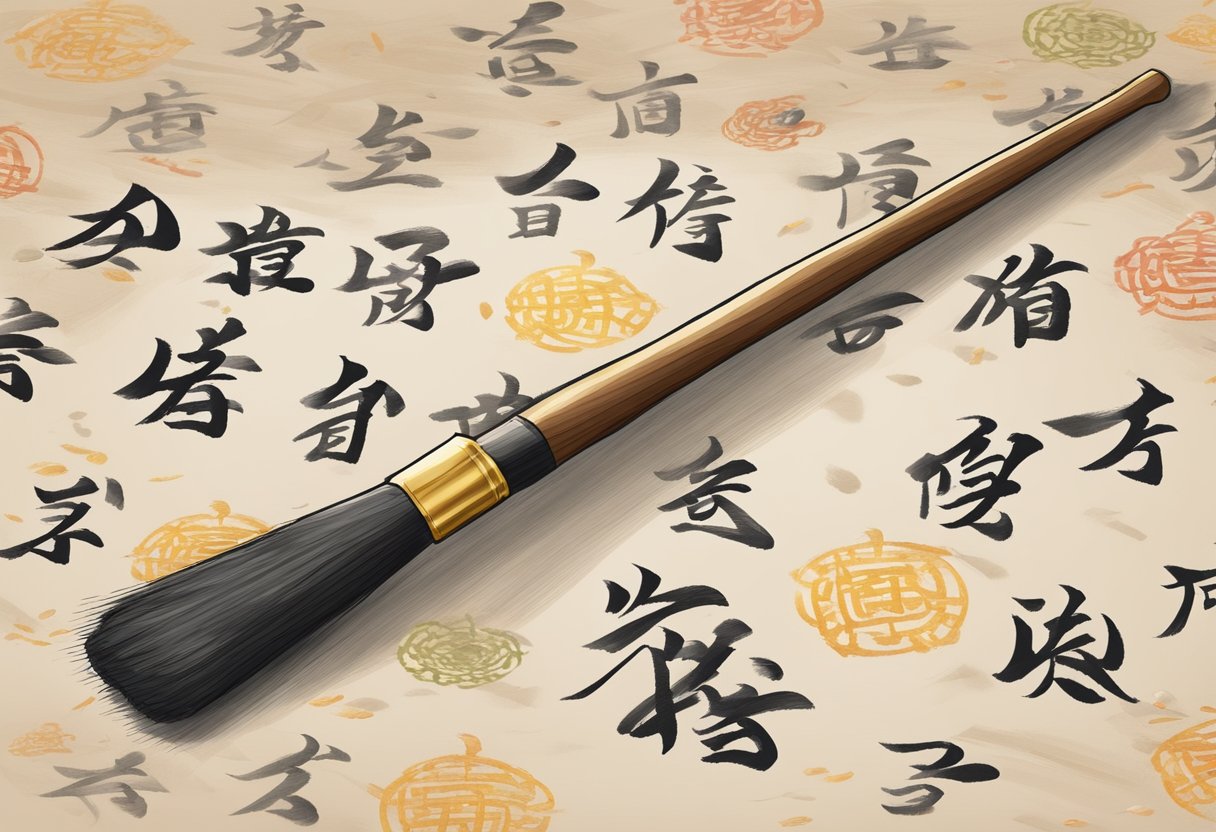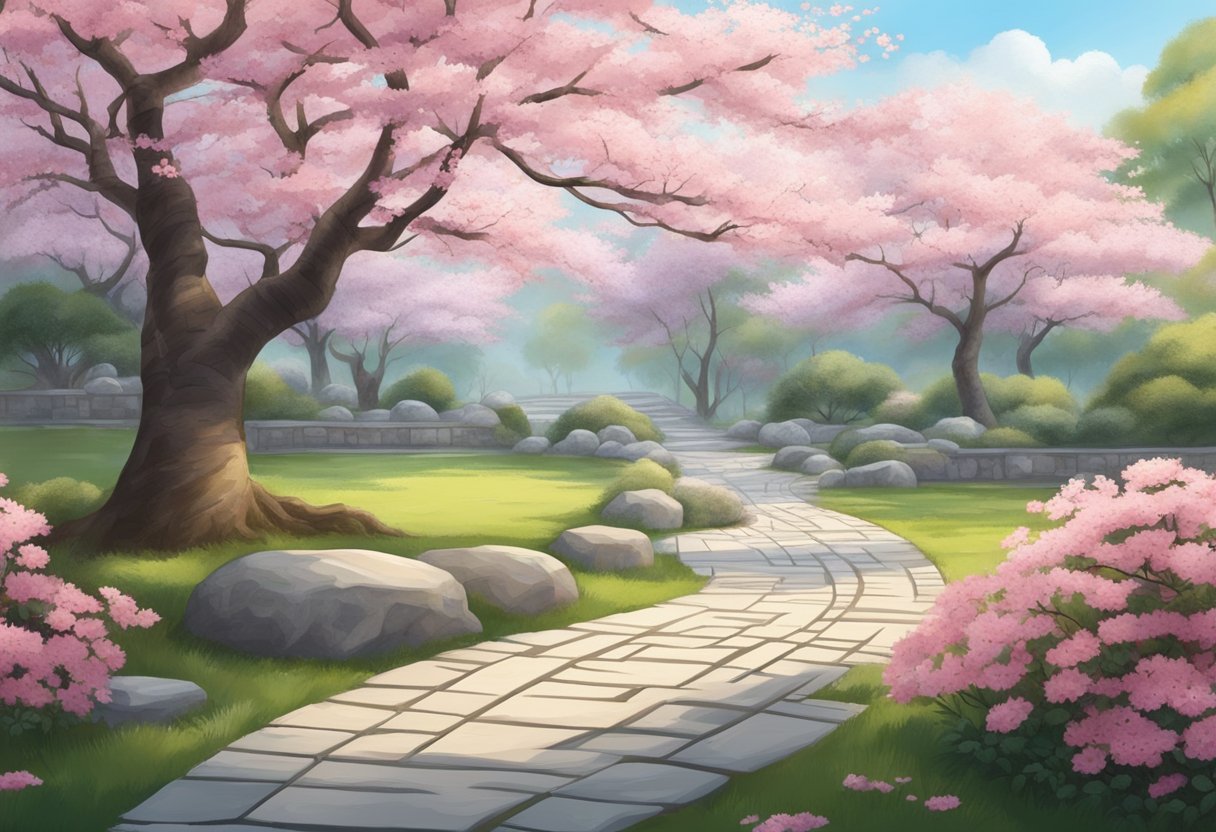How hard are traditional Chinese characters to learn? A beginner's perspective
Learning traditional Chinese characters can seem like a daunting task, especially if you're starting from scratch. Many learners wonder just how challenging it really is to master these intricate symbols. While it's true that traditional characters require dedication and consistent practice, they're not as insurmountable as you might think.

The key to tackling traditional characters is understanding their structure and breaking them down into manageable components. By focusing on radicals and common elements, you can start to see patterns and connections between different characters. This approach makes the learning process more systematic and less overwhelming.
It's worth noting that if you've already learned simplified Chinese characters, picking up traditional ones becomes significantly easier. Many characters are similar or identical between the two systems, giving you a solid foundation to build upon. With the right mindset and learning strategies, you'll find that traditional characters can be a rewarding and enriching aspect of your Chinese language journey.
Key Takeaways
- Traditional Chinese characters are challenging but learnable with consistent practice and the right approach
- Breaking characters down into components and radicals makes the learning process more manageable
- Knowledge of simplified characters can significantly ease the transition to learning traditional ones
The Basics of Traditional Chinese Characters

Traditional Chinese characters are intricate symbols with deep historical roots. They form the foundation of the Chinese writing system and continue to be widely used today.
Historical Development
The origins of traditional Chinese characters date back over 2,000 years. These characters evolved slowly over time, maintaining their original forms through various dynasties.
During the Tang Dynasty (618-907 AD), the characters became more standardised. This period saw a flourishing of Chinese literature and calligraphy, cementing the importance of traditional characters in Chinese culture.
In modern times, traditional characters are still used in Hong Kong, Taiwan, and some overseas Chinese communities. They preserve the rich history and cultural significance of the Chinese writing system.
Components of Characters
All Chinese characters are composed of several key elements:
- Radicals: These are the building blocks of characters, often indicating meaning.
- Strokes: The individual lines that make up a character.
- Components: Smaller parts that combine to form more complex characters.
Understanding these components is crucial when learning Chinese characters. Radicals, for example, can give you clues about a character's meaning or pronunciation.
Comparing Traditional and Simplified Characters
Traditional and simplified Chinese characters are two writing systems used in different regions. Here's a quick comparison:
- Traditional characters: More complex, with more strokes
- Simplified characters: Streamlined versions, with fewer strokes
While simplified characters are used in mainland China, traditional characters are still prevalent in Hong Kong, Taiwan, and some overseas communities.
Learning one system doesn't mean you can't understand the other. Once you're familiar with one set, it's not too difficult to learn the other. Many common simplifications follow patterns, making the transition easier.
However, some characters differ significantly between the two systems. In these cases, you might need to learn them separately.
Approaches to Learning Traditional Characters

Learning traditional Chinese characters can be challenging, but with the right methods, you can make significant progress. There are several effective approaches to mastering these complex characters.
Memorisation Techniques
Rote memorisation isn't always the most efficient way to learn traditional characters. Instead, try breaking characters down into their component parts. Look for radicals and phonetic elements that give clues to the character's meaning or pronunciation.
Creating mnemonics can also be incredibly helpful. Make up stories or visual associations that link the character's shape to its meaning. For example, the character 鳥 (bird) looks a bit like a bird with a long tail.
Using flashcards is another tried-and-true method. You can make your own or use pre-made decks.
Incorporating Technology
Technology can be a fantastic ally in your character-learning journey. Apps like Anki, Pleco and Mandarin Mosaic offer spaced repetition systems, which help you review characters at optimal intervals for long-term retention.
HanziHero is a tool specifically designed for learning traditional characters in HSK order. It provides interactive exercises and games to make learning more engaging.
Chinese character recognition apps can help you practise reading in real-world contexts. Simply point your camera at Chinese text, and these apps will provide translations and pronunciations.
Online dictionaries and character databases are invaluable resources. They often provide stroke order animations, example sentences, and etymological information to deepen your understanding of each character.
Understanding Pinyin and Pronunciation
While pinyin isn't directly related to character writing, it's crucial for pronunciation and can aid in character recognition. Learn the pinyin system thoroughly, paying attention to tones.
Linking characters to their pronunciation can help you remember them better. When you learn a new character, always practise saying it aloud.
Use tone pair drills to improve your tonal accuracy. This involves practising two-syllable combinations of all possible tone pairs.
Listen to native speakers as much as possible. Podcasts, videos, and language exchange partners can help you associate characters with their correct pronunciation in context.
Cultural Significance and Usage

Traditional Chinese characters hold deep cultural importance and continue to be widely used in certain regions and contexts. They offer unique insights into Chinese language and history that simplified characters sometimes lack.
Traditional Characters in Greater China
You'll find traditional characters still thriving in Taiwan, Hong Kong, and Macau. These regions use them as their standard writing system. In Taiwan, traditional characters are the norm for everything from street signs to textbooks. Hong Kong and Macau also primarily use traditional characters, though simplified ones are becoming more common due to mainland influence.
Mainland China officially uses simplified characters, but you'll spot traditional ones in historical contexts and some formal settings. Many Chinese people can read both systems, especially those who travel between regions.
Traditional Characters in Literature and Calligraphy
When you dive into Chinese literature and calligraphy, traditional characters take centre stage. Classic texts and poetry are typically written in traditional script, preserving their original form and meaning. This is crucial for scholars and enthusiasts studying ancient works.
Calligraphy, a beloved art form in Chinese culture, often uses traditional characters. Their complex strokes and elegant structures lend themselves beautifully to this artistic expression. You'll see stunning examples in museums, galleries, and even modern tattoo designs.
Many argue that traditional characters better reflect Chinese cultural heritage. They capture nuances and etymological information that can be lost in simplified versions. This makes them valuable for understanding the depth of Chinese language and culture.
Challenges and Tips for Chinese Learners
Learning traditional Chinese characters presents unique hurdles, but with the right strategies, you can overcome them. Let's explore some common challenges and effective tips to boost your progress.
Navigating Tricky Cases
When learning Chinese characters, you'll encounter complex structures and diverse radicals. These can be particularly tricky to distinguish and remember. To tackle this, try breaking characters down into smaller components. Focus on learning radicals first, as they often hint at a character's meaning or pronunciation.
Use mnemonic devices to link characters to memorable stories or images. For instance, the character 木 (tree) looks like a tree with branches. This approach can make even the most complex characters stick in your mind.
Building a Robust Vocabulary
Expanding your Chinese vocabulary can feel daunting, but it's essential for language mastery. Start by learning the 1,000 most common characters as they form the foundation of everyday communication. Use flashcards or spaced repetition apps to review regularly.
Contextual learning is key. Try to learn new words within sentences or short stories. This approach helps you understand how characters are used in real-life situations and improves retention. Mandarin Mosaic is specifically designed for Chinese sentence mining, which is a method of learning new words in context using sentences.
Engage with authentic materials like Chinese news articles, blogs, or TV shows. This exposure will naturally expand your vocabulary and help you pick up colloquial expressions. Don't worry if you don't understand everything at first – focus on identifying familiar characters and gradually build up your comprehension.
Frequently Asked Questions
Learning traditional Chinese characters presents unique challenges and rewards. The complexity of strokes, time investment, and learning strategies all play crucial roles in the journey to mastering this writing system.
What's the toughest part about getting to grips with traditional Chinese characters?
The sheer number of characters can be overwhelming. Many learners find it difficult to associate meaning with both sound and image simultaneously. This triple-layered learning process often proves to be the most challenging aspect.
Memorising the intricate patterns also requires significant effort. Each character's unique composition demands careful attention.
How much time usually ticks by before you can comfortably read traditional Chinese?
The time frame varies greatly depending on your dedication and study methods. Most learners need several years of consistent practice to achieve comfortable reading skills.
Daily exposure and regular practice can accelerate your progress. Aim for small, achievable goals rather than expecting overnight fluency.
Are there any tips for learning of Chinese characters?
Start by focusing on the most common characters. This approach allows you to quickly build a useful vocabulary base.
Use a Chinese-English dictionary to look up unfamiliar characters and their meanings. This habit reinforces learning and expands your character recognition.
How different is learning traditional characters from simplified?
Traditional characters often contain more strokes and can appear more complex visually. They retain historical elements that simplified characters have removed.
Learning traditional characters may take slightly longer initially. However, once mastered, understanding simplified characters becomes easier.
Do the strokes in traditional Chinese characters make learning them much harder?
The additional strokes in traditional characters can make them more challenging to memorise at first. They often require more attention to detail and practice.
However, these extra strokes can also provide valuable context and meaning. They sometimes offer clues to a character's origin or relationship to other characters.